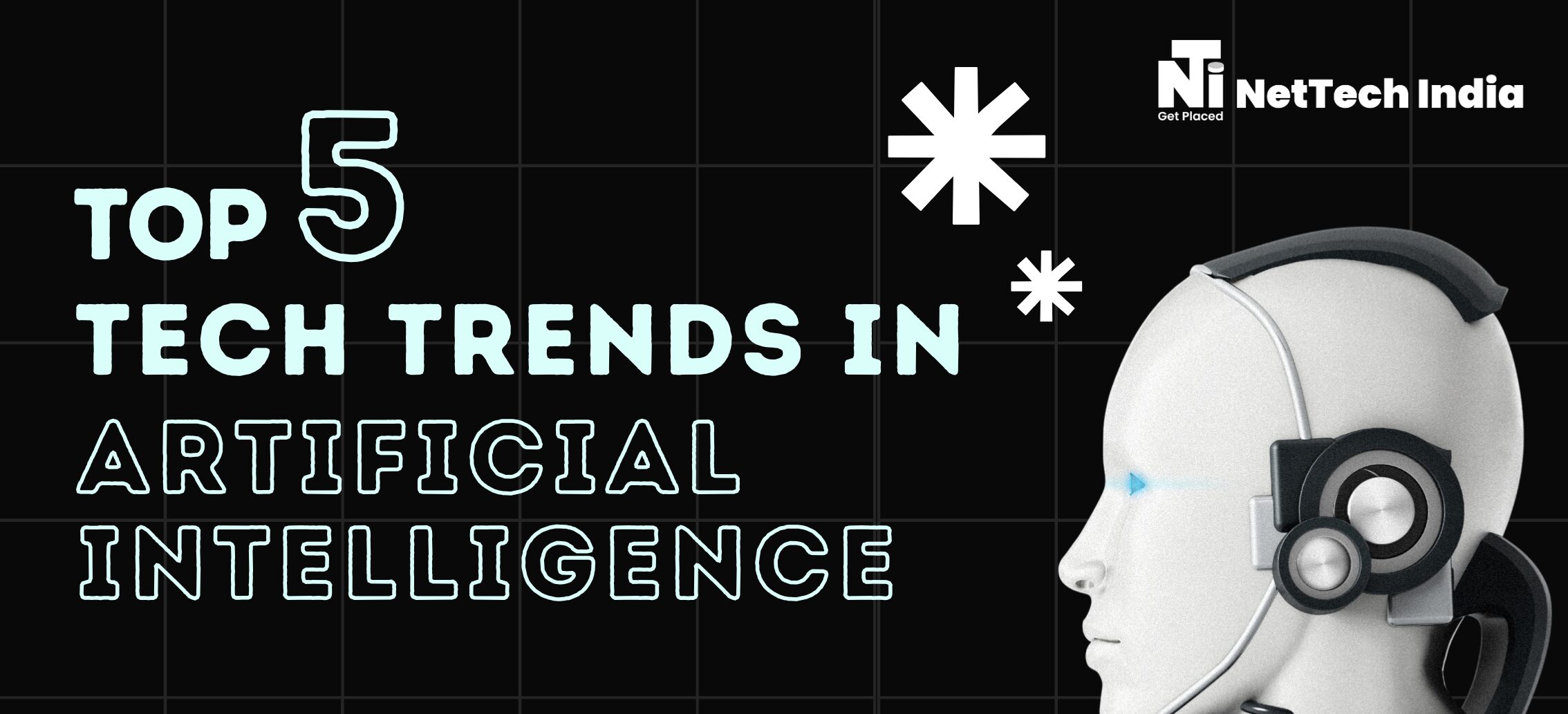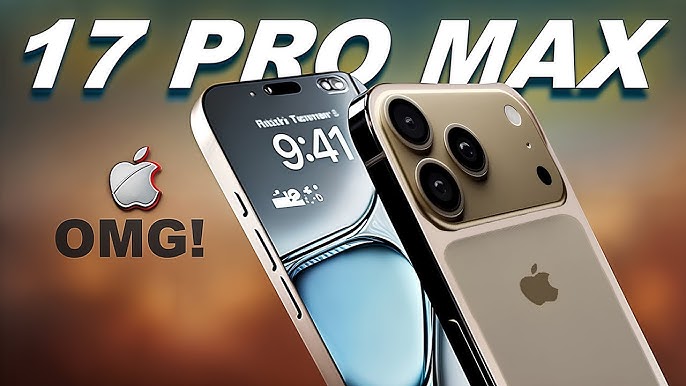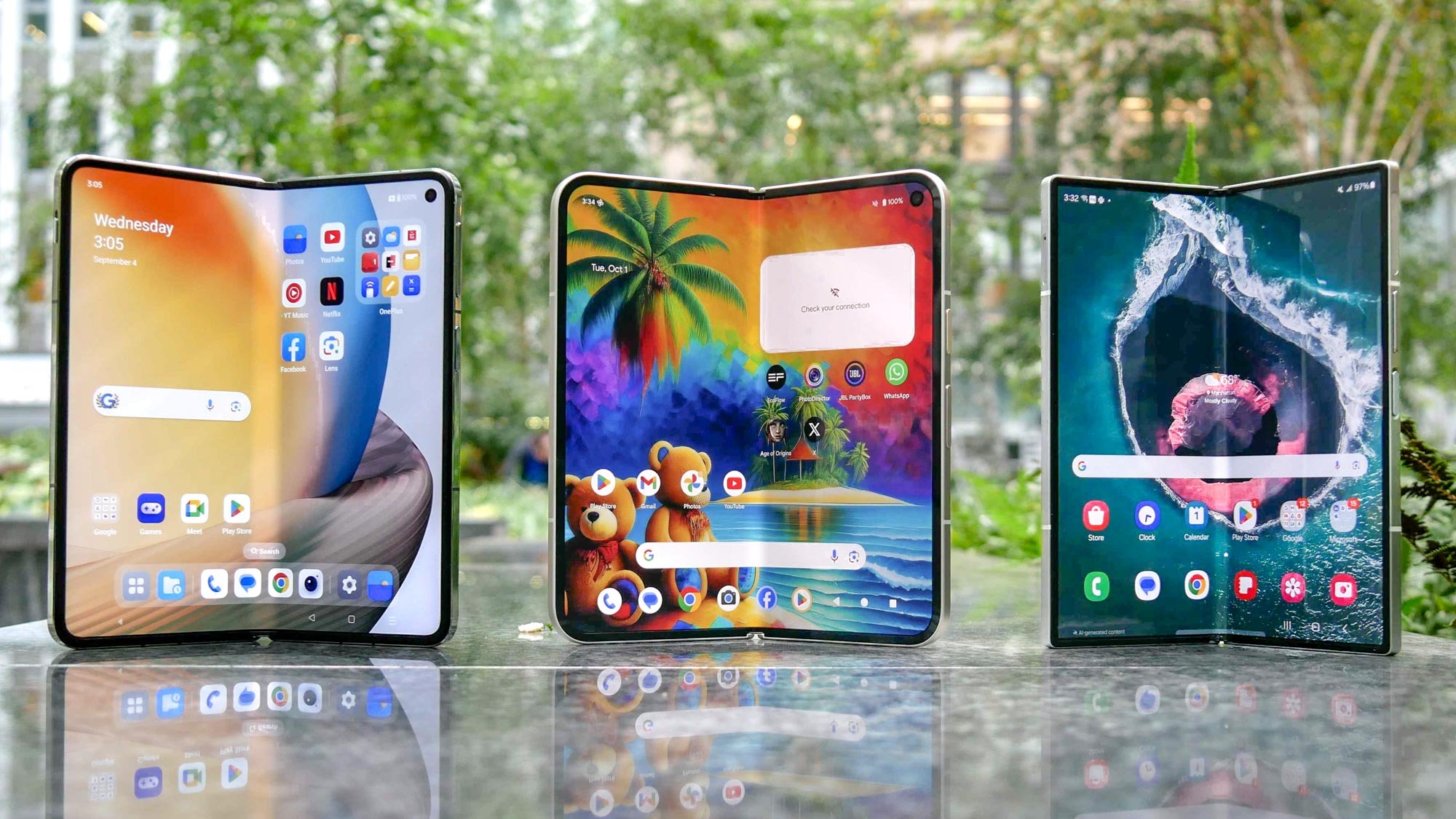🎬 Introduction
10 years ago, smartphones were already smart—but today, they’re mini supercomputers.
Let’s take a journey through a decade of innovation: from home buttons to foldable screens and AI.
📆 2015–2017: The Era of Refinement
Design: Metal builds, fingerprint sensors, slim bezels
Popular phones: iPhone 6s, Galaxy S6, OnePlus 3
Key features:
First appearance of 3D Touch (Apple)
Shift from 16:9 to taller displays
Rise of dual cameras (LG G5, iPhone 7 Plus)
OS trends: Android Marshmallow/Nougat, iOS 9–11
📆 2018–2020: Bezel-Less & Biometric Boom
Design shift:
Notches (iPhone X)
Punch-hole and pop-up cameras
Glass backs and wireless charging
Popular phones: iPhone X/XS, Galaxy S10, Huawei P30 Pro
Tech leaps:
Face ID and in-display fingerprint scanners
Night mode photography
AI-enhanced image processing
5G begins rollout in 2019
📆 2021–2023: Foldables & Functionality
Major leap: Foldable phones go mainstream
Samsung Galaxy Z Fold, Flip series
Design becomes premium:
Ceramic, eco-materials
Minimalist interfaces
Camera power:
Periscope zoom
RAW photography and cinematic video
Ecosystem boom:
Devices work seamlessly with tablets, watches, earbuds
AI enters UX: Smart suggestions, voice assistants, real-time translation
📆 2024–2025: AI, Satellites, and Sustainability
AI-first phones:
Built-in AI models for editing, summarizing, and smart replies
Local LLMs (e.g., Gemini Nano, Apple Intelligence)
Eco focus: Recycled materials, longer software support (7+ years)
Satellite connectivity: Emergency SOS, basic SMS without signal
Computational photography: DSLR-like control from your phone
Popular devices: iPhone 16/17, Galaxy S24 Ultra, Pixel 9, Nothing Phone 3
💡 What’s Changed the Most?
| Category | 2015 | 2025 |
|---|---|---|
| Screen | LCD, thick bezels | OLED, foldable, 120Hz+ |
| Camera | Single/dual | 3-5 lenses, AI + periscope zoom |
| Charging | 10–15W wired | 100W wired, 50W wireless |
| Connectivity | 4G | 5G+, satellite |
| Intelligence | Basic assistant | On-device AI, smart automation |
📲 What’s Next?
Fully AI-powered assistants that handle tasks autonomously
More advanced spatial computing (AR + AI)
Chip-level AI enhancements for battery, camera, and UI
Ultra-secure biometric ID systems (eye, vein, behavioral)
Devices that adapt to you—not the other way around
✅ Final Thought:
The last decade redefined what a phone can do.
The next might redefine what it means to even have one.
More in this Category
-
 Top 5 Tech Podcasts to Follow for News, AI, and Trends in 2025
Top 5 Tech Podcasts to Follow for News, AI, and Trends in 2025 -
 Apple’s 2026 Roadmap: What’s Next After the iPhone 17 Ultra?
Apple’s 2026 Roadmap: What’s Next After the iPhone 17 Ultra? -
 Should You Upgrade Your Phone Every Year? Here’s the Truth
Should You Upgrade Your Phone Every Year? Here’s the Truth -
 Tech Addiction: How to Unplug Without Quitting Cold Turkey
Tech Addiction: How to Unplug Without Quitting Cold Turkey -
 Best Tech Podcasts to Follow If You Love Innovation
Best Tech Podcasts to Follow If You Love Innovation -
 5 Signs That AI Will Replace Entry-Level Jobs
5 Signs That AI Will Replace Entry-Level Jobs -
 Why Everyone’s Obsessed with Foldable Phones – Are They Worth It?
Why Everyone’s Obsessed with Foldable Phones – Are They Worth It?
